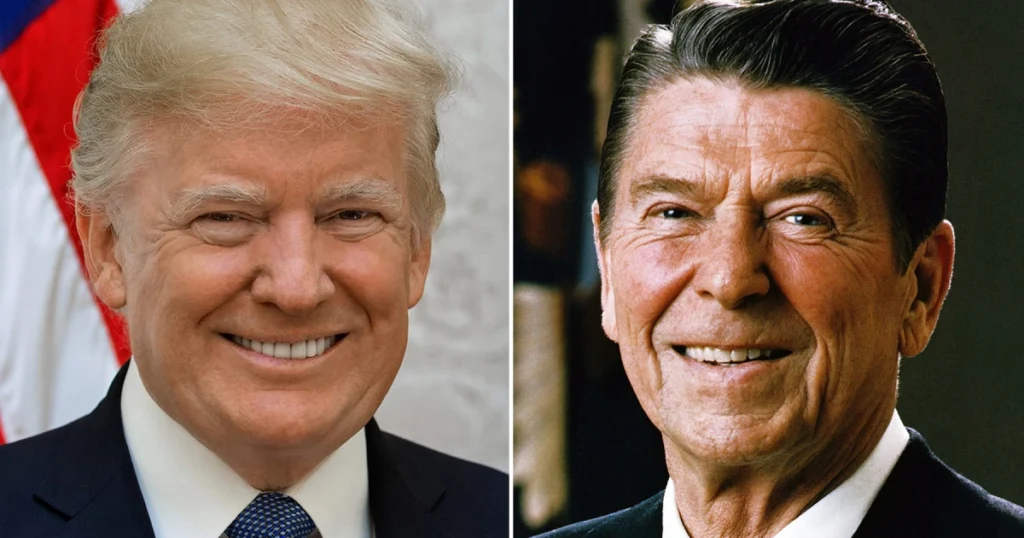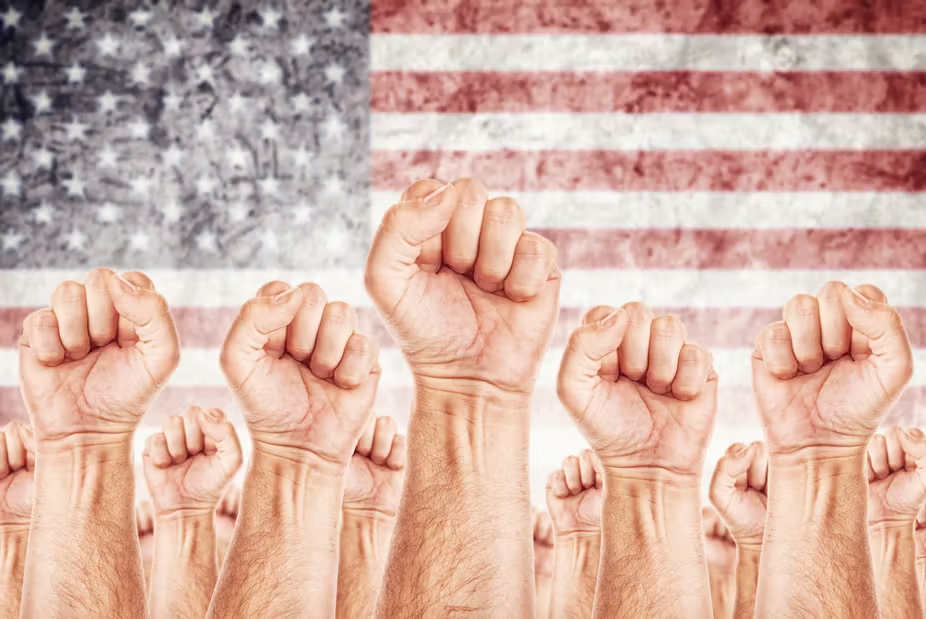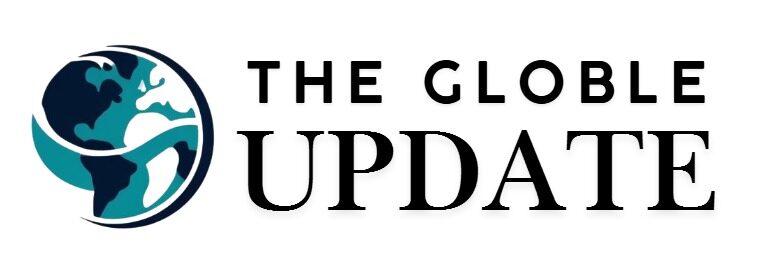Trump vs. Unions: A Growing Clash
The U.S. labor movement is facing one of its toughest battles in decades. President Donald Trump has signed a series of executive orders that aim to strip collective bargaining rights from nearly one million federal employees. The orders impact agencies like NASA, the National Weather Service, and multiple federal departments including Defense, State, and Health and Human Services.
While the administration frames the move as a matter of national security, union leaders argue it is nothing less than the largest assault on organized labor in modern history.
Why Federal Workers Are at the Heart of the Labor Movement

Photo Credit :- truthout
Public sector workers form the backbone of America’s unions. Almost 19% of federal civilian employees belong to unions, compared to just 6% of private sector employees. With nearly half of all union members working in government jobs, any blow to federal unions could ripple across industries nationwide.
Union leaders warn that corporations may see Trump’s orders as a green light to further weaken private sector unions.
Public vs. Private Sector Unionization
| Factor | Federal Workers (Public Sector) | Private Sector Workers |
|---|---|---|
| Union Membership Rate | 19% | 6% |
| Workers Impacted | Nearly 1 million | Millions |
| Bargaining Power | Under threat from executive orders | Already limited |
| Political Leverage | Historically strong, now weakening | Fragmented |
Echoes of History: From Reagan to Trump

Photo Credit :- nbcnews
This isn’t the first time a U.S. president has shaken the labor movement. In 1981, Ronald Reagan fired striking air traffic controllers from the PATCO union, a move that set the tone for decades of weakened unions.
Labor leaders now argue Trump’s actions could be even more damaging. Instead of targeting a single union, these orders affect nearly a million workers at once.
Union Revival: Progress Before the Setback
Before Trump’s latest actions, unions had been regaining momentum after years of decline. Highlights included:
- Workers at Amazon, Starbucks, Apple, and Volkswagen voting to unionize.
- Major contract wins at UPS, Boeing, and Detroit automakers.
- President Joe Biden’s historic support, including joining a picket line in 2023.
These victories fueled optimism that unions were entering a new era of strength. But Trump’s orders threaten to reverse those gains.
The Political Divide Among Union Members
Despite his anti-union policies, Trump won 45% of union household votes in 2024. Many workers supported his tariffs and promises to bring back manufacturing jobs.
Yet his administration’s labor record tells a different story. From removing a National Labor Relations Board member to ending automatic union dues collection, Trump’s policies consistently weakened organized labor.
What Comes Next for American Unions?

Photo Credit :- theconversation
Unions are fighting back in court, but early rulings have been mixed. Leaders say they are prepared for a long battle that could extend into both public and private workplaces.
The question remains: will this be remembered as the moment unions lost their footing, or as the spark that reignited a stronger labor movement?
Matt Biggs of the International Federation of Professional and Technical Engineers summed up the defiance of labor groups:
“Workers in this country are angry. The unions are not going anywhere. We’re becoming stronger.”
Final Takeaway
Trump’s executive orders may mark a turning point in the history of American unions. With federal workers under threat and private employers watching closely, the future of collective bargaining in the United States is at stake.
Whether this chapter becomes the beginning of the end for organized labor or a rallying cry for workers nationwide will depend on how unions adapt and fight back in the months ahead.




